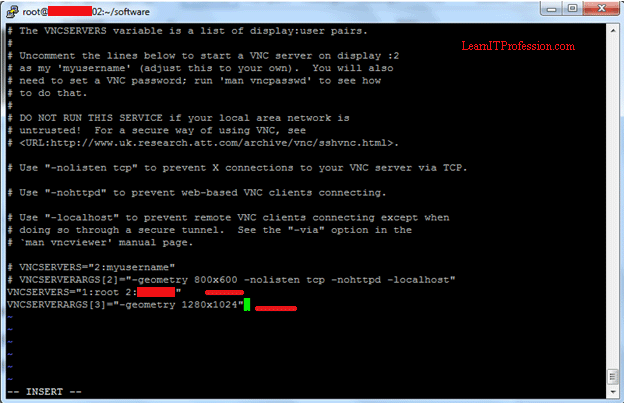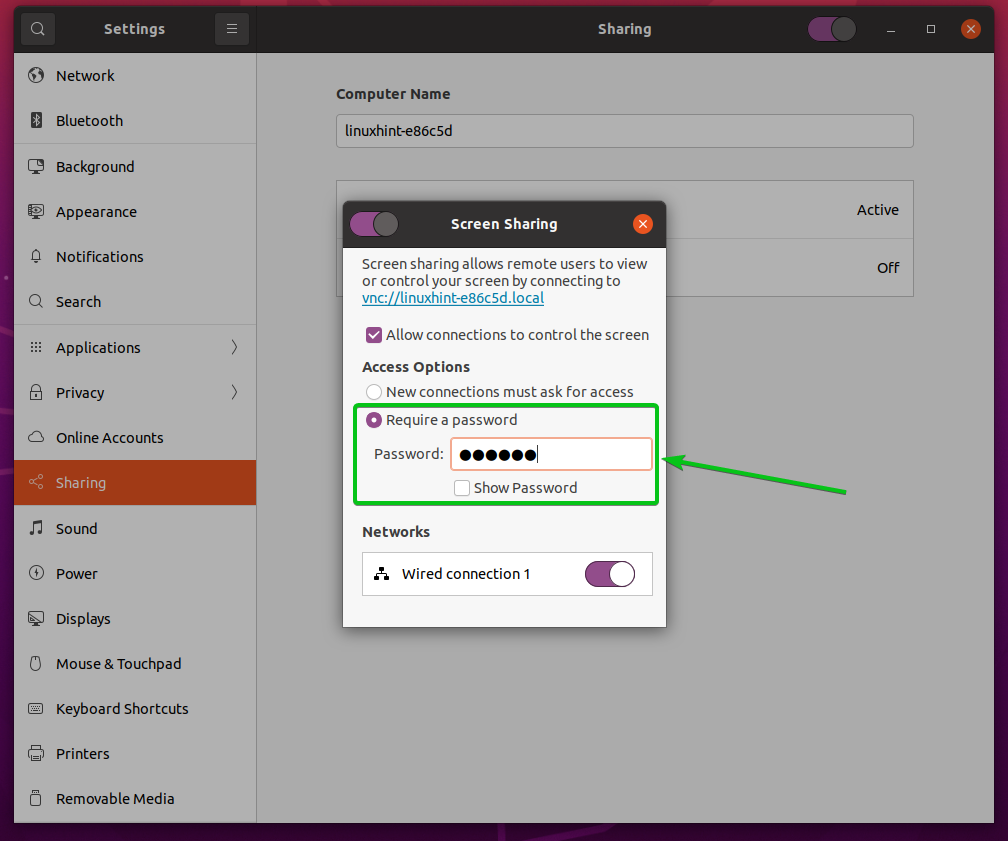

First, open your SSH client and log in to the Ubuntu server.Ģ. As such, TightVNC is a good Ubuntu VNC server choice for smooth and stable VNC sessions, even on slow internet connections.įollow the below steps to install TightVNC.ġ. TightVNC is a popular VNC server known for its low resource requirements and fast performance. You will need to install the Ubuntu VNC server first before you can access your server’s remote desktop. You also need a VNC client such as the VNC Viewer, which this tutorial will use.īy default, Ubuntu does not have a VNC server installed.

You must have a non-root user account with sudo privileges.Related: Getting Started using SSH with PowerShell


Connecting to VNC service from another computer If you wish VNC to be available automatically, use the system settings application on your developer kit to enable automatic login. The VNC server is only available after you have logged in to Jetson locally. Reboot the system so that the settings take effect sudo reboot.Gsettings set vnc-password $(echo -n 'thepassword'|base64) Set a password to access the VNC server # Replace thepassword with your desired password.Configure the VNC server gsettings set prompt-enabled false.If you have a Jetson Nano 2GB Developer Kit (running LXDE) mkdir -p ~/.config/autostartĬp /usr/share/applications/sktop ~/.config/autostart/.For all other Jetson developer kits (running GNOME) cd /usr/lib/systemd/user/ Enable the VNC server to start each time you log in.Setup VNC server on the Jetson developer kit Slower connections will degrade the desktop interaction experience. A fairly fast network connection is needed. Your Jetson developer kit and the other computer need to be on the same network.


 0 kommentar(er)
0 kommentar(er)
